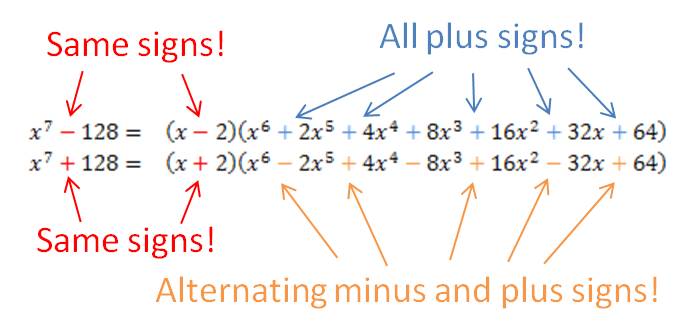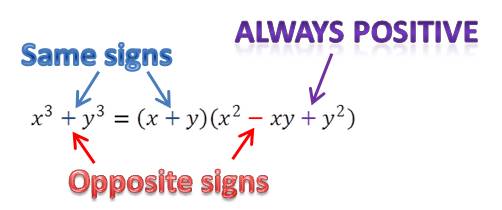In my last post, I showed you a procedure for how to factor a quadratic when the leading coefficient is not equal to 1. Here I refine that method slightly with a short cut that makes your work even quicker. However, this method is a bit more difficult—if you are not really good at mental calculations, you will need to practice this a few times to get it down. To compare methods, I’ll use the same quadratic we factored in the last post.
Problem: Factor
- Our first step is the same as in the previous method—we need to find two numbers that multiply together to give
(that’s
) and add together to give
. Of course, those numbers are the same as they were in the last post:
and
.
…… - Now here’s the shortcut. Divide both of these numbers by the leading coefficient,
. That gives two fractions:
…..
…..
….. - Next, simplify the fractions if possible. In our example, we get
…..
…..
….. - In each fraction, the denominator is the coefficient of the x term in our factor and the numerator is the constant term. So our two factors must be
and
. See the diagram below:







